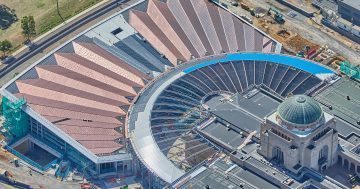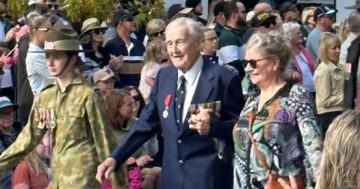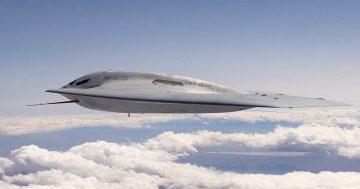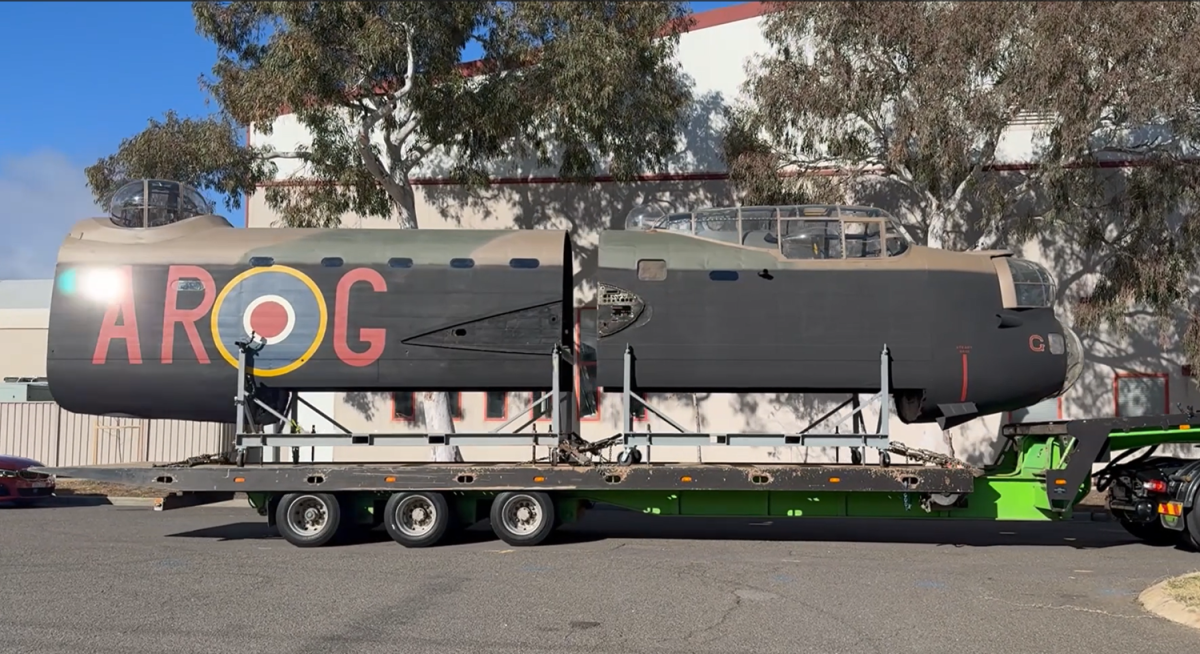
The major fuselage components of ‘G for George’ departs the AWM annex at Mitchell on Thursday morning (31 July). Photo: AWM/Screenshot.
A former Royal Australian Air Force World War II bomber that has been in storage for several years has been returned to the Australian War Memorial (AWM) in preparation for next year’s opening of the new Anzac Hall.
The Avro Lancaster ‘G for George’ was moved to the AWM’s annex at Mitchell in June 2021 before work commenced on the new Anzac Hall, and has been undergoing restoration during its storage period.
But with major works on the extension now nearing completion, the Lancaster and other major exhibits are gradually being returned to the AWM.
The aircraft had its wings and tail removed for the restoration, and the fuselage – it’s most recognisable component – was loaded onto a low-loader and driven from Mitchell to the AWM via the Federal Highway, Majura Parkway, Fairbairn Avenue, and Anzac Parade on Thursday morning (31 July).
Aviation enthusiasts gathered along Anzac Parade and Fairbairn Avenue to see the fuselage arrive, ready to take centre-stage as a feature of the future Australians in Bomber Command exhibition.
“We have brought a national icon back home and next year people will get to see G for George as you have never seen her before in new Anzac Hall,” Director of the AWM Matt Anderson said.
“G for George is loved by generations of Australians. It will stand as a centrepiece in our new galleries, helping to tell the stories of the 10,000 Australians that served in Bomber Command, the 4100 who made the ultimate sacrifice, and their loved ones back home.”
Australian War Memorial senior historian Dr Lachlan Grant added, “The Lancaster was one of the most iconic aircraft of the Second World War. It became a symbol of the allies’ will to win by taking the war to the heart of Germany but it came at a great loss.
“Over 55,000 British and Commonwealth aircrew were killed in Bomber Command. Over 40 per cent of those who served.”
He said more than a third of the Australians who served in Bomber Command never came home.
“Many of these men were listed as missing,” he said. “So for families at home it sometimes took years after the war for mothers and fathers to learn the fates of their sons, if they were to find out at all.”
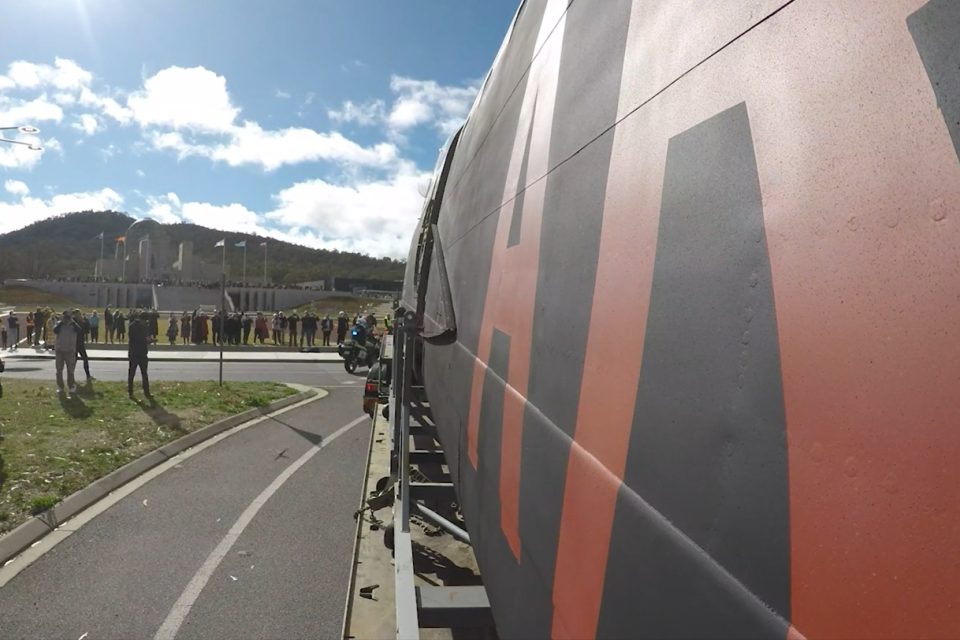

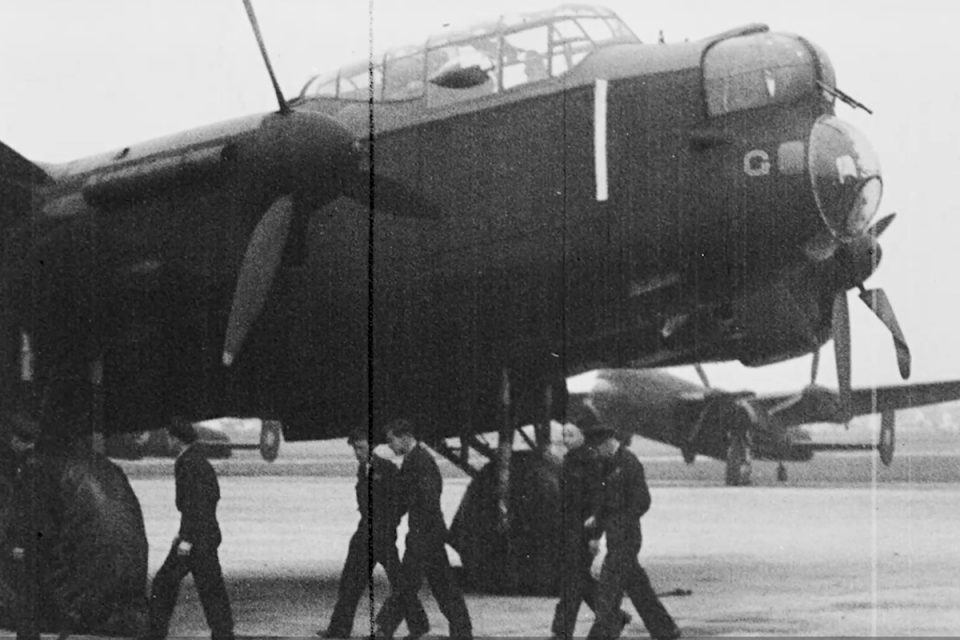
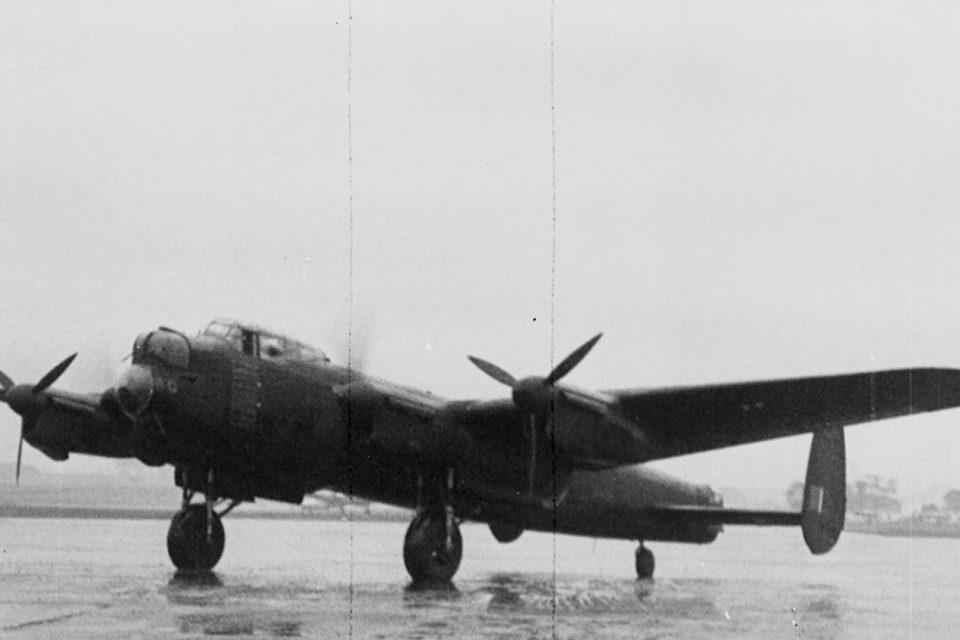
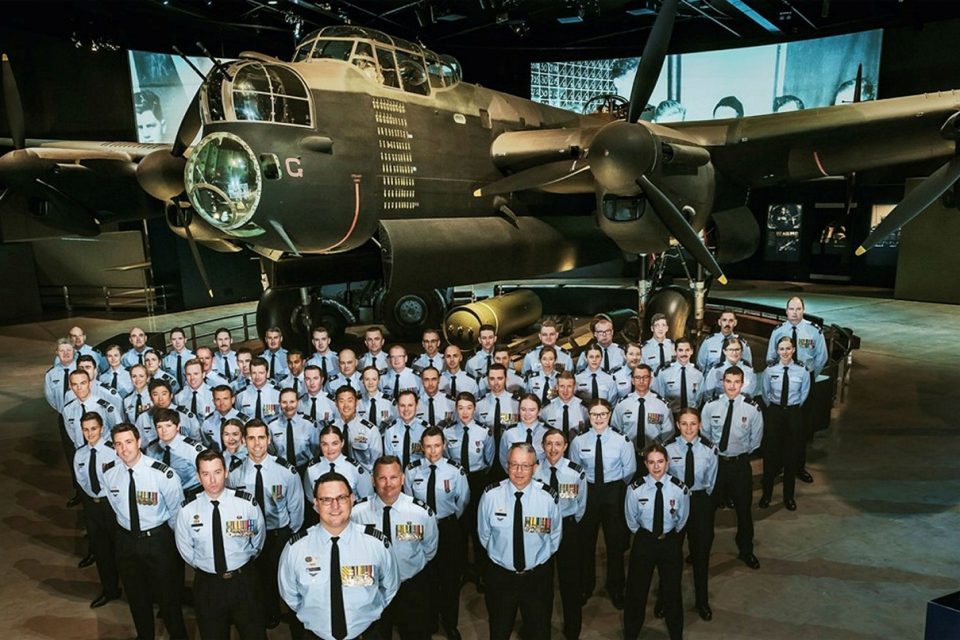
The Lancaster was one of the most capable heavy bombers of the war, and was one of the first bombers capable of delivering heavy bomb loads deep into Germany from bases in England. Some 7377 Lancasters were built, more than half of which were lost in operations during the war.
The AWM’s Lancaster was manufactured in Manchester in 1942 by Vickers. Given the serial number W4783, the aircraft was operated by the RAAF’s No 460 Squadron and based at Brighton in Yorkshire.
From its northern base it completed 89 operational missions over Germany and occupied Europe mostly at night from December 1942 without loss of any aircrew, before being retired in April 1944.
Upon its retirement, the aircraft was flown to Australia where it conducted public displays as part of the war effort.
While in storage, the Air Force History and Heritage Branch and the Australia War Memorial Collections Services removed panels, bomb bay doors, engines and tailplane assembly, the undercarriage components, and the wings, and separated the fuselage into four sections.
Original Article published by Andrew McLaughlin on Region Canberra.


